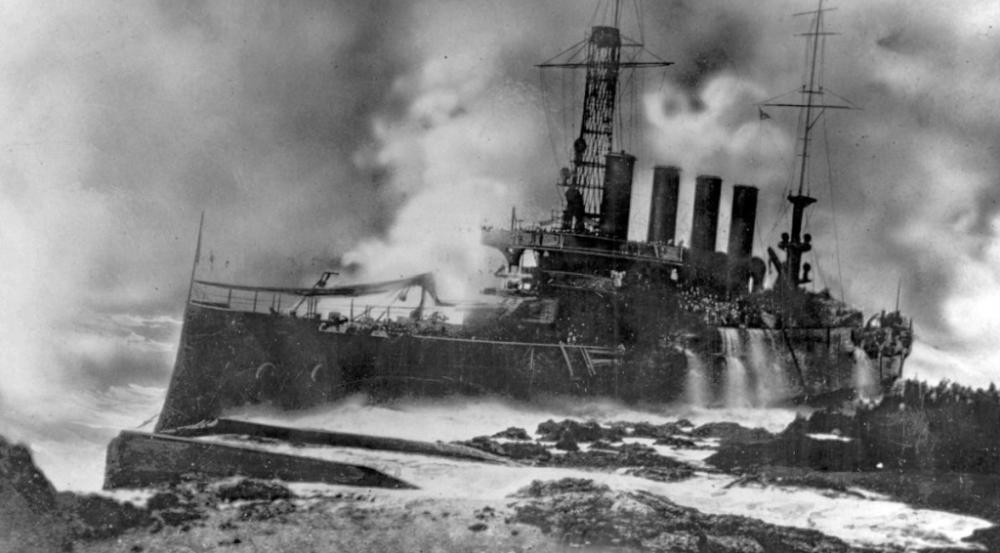Casa del Cordón / House of Cords
Casa de Cordón is named such for the “Cord of San Francisco” carved in stone surrounding the doorway. It was built by Francisco de Garay who, when he originally arrived in the New World, was a servant of Christopher Columbus (Cristóbal Colón). Columbus taught Garay to be a Notary Public and Garay gained his wealth from investing in the mining of the country.

First Stone House In The New World
This beautiful structure was the first stone house in the New World. It was also the oldest structure in The New World with 2 floors. It was built in the Elizabethan and Gothic styles of the time.

Many of the noted persons of the time resided in this home including Viceroy Diego Columbus, the son of Christopher Columbus, with his wife María de Toledo. After they left their temporary home in the Torre del Homenaje they lived briefly in the Casa del Cordón before moving to his official residence in the Alcazar Colón.

The original Royal Court / Real Audiencia was founded in the Casa del Cordón. The house was a place of grand social gatherings and meetings of the important and “beautiful people” of the time. All were waited on hand and foot by the black slaves.

In 1586 Sir Francis Drake made his terrible and devastating invasion of Santo Domingo. He and his Pirates took over the city and held the people hostage. Drake told the citizens of Santo Domingo that they could buy back their city. The inhabitants of Santo Domingo paid a heavy price of silver, gold and all they had of any value to these English Pirates to get back their beloved city. This building is where all the transactions took place.

For a time it was the location of the Real Audiencia.
The Casa del Cordón is now the home of Banco Popular (Popular Bank). The bank took care of the restoration of this beautiful building. When you enter you will be amazed at the beauty inside. The floor and vaulted ceiling are amazing. The central courtyard is immaculate and beautifully kept.
Location:
Calle Isabel la Católica and Emiliano Tejera.











